Overnight Anchoring Rules (13 Do's & Don'ts Explained)
When anchoring overnight, it's crucial to choose the right spot and set your anchor properly. Doing some advanced planning and familiarizing yourself with the local anchoring regulations is a must, as the rules can vary depending on the area. In this article, we will discuss 13 do's and don'ts that you need to know before setting out for a night on the water.
Throughout your overnight stay, be considerate of other boaters and use a friendly tone when interacting with them and marina staff; maintain proper lighting; keep an eye on the weather to avoid surprises, and keep in mind local regulations that restrict overnight anchoring in certain areas.
Strive to create a positive atmosphere and promote goodwill among the boating community. After all, everyone is there to enjoy the beautiful natural surroundings and share their passion for sailing. As a responsible boater, it's important to adhere to these rules and respect fellow boaters and the environment.
Summary
- Take your time to pick the right spot and properly set the anchor, so you can protect your vessel and enjoy a safe and comfortable overnight stay on the water.
- Remember to always monitor your boat's position and be prepared to reset the anchor if necessary to maintain a safe overnight stay.
- Do some advanced planning and familiarize yourself with the local anchoring regulations.
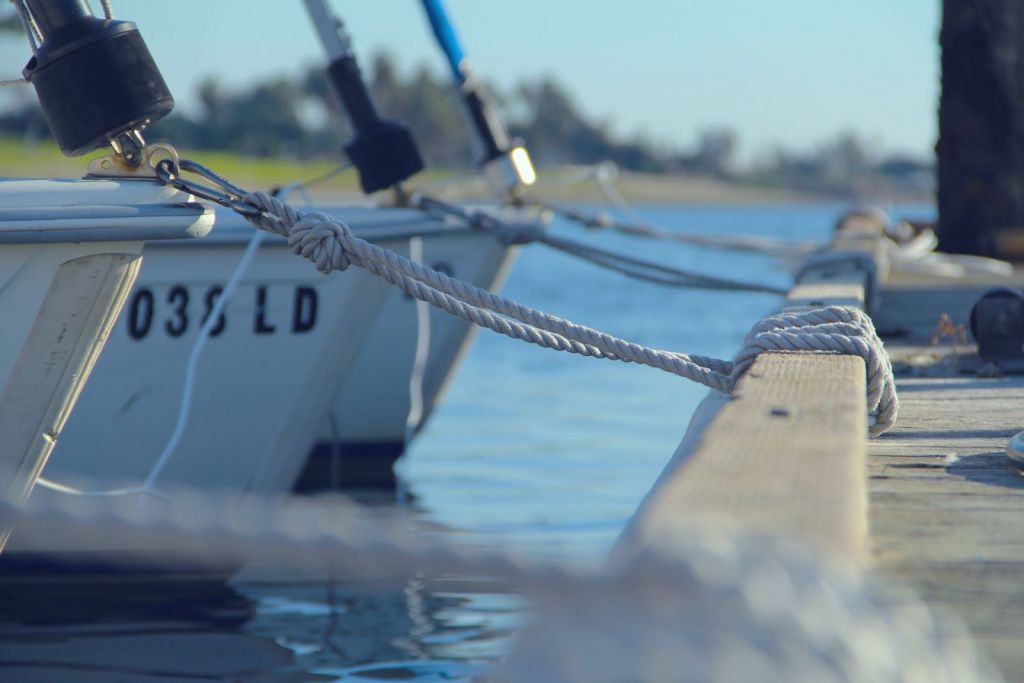
On this page:
13 Do's and Don'ts of Overnight Anchoring
| Do's of Overnight Anchoring | Don'ts of Overnight Anchoring |
|---|---|
| ☑ Assess current and wind conditions | ☒ Anchor in restricted areas |
| ☑ Set two anchors if necessary | ☒ Create an obstacle course for others |
| ☑ Give enough scope to your anchor rode | ☒ Use insufficient ground tackle |
| ☑ Practice courtesy and communication | ☒ Ignore your neighbors |
| ☑ Set an anchor watch | ☒ Leave your navigational lights off |
| ☑ Monitor the weather | ☒ Overlook local regulations |
| ☑ Keep a clean and tidy deck |
DO: Assess current and wind conditions
Before anchoring, always check the current and wind conditions to ensure that your boat will remain securely anchored. Make sure to take into account any changes in weather conditions that may occur overnight. Understanding these factors will help you determine the best location and anchoring technique for your boat. Anchor in a well-protected area to minimize the impact of wind and current on your boat.
DO: Set two anchors if necessary
In difficult or congested anchoring situations, consider setting two anchors. This provides added security and reduces the boat's swinging radius. This is particularly true in areas with strong currents or winds.
DO: Give enough scope to your anchor rode
Use a scope of 7:1 for overnight anchoring. This means letting out 7 feet of rode for every 1 foot of water depth. A longer scope provides more horizontal pull, allowing your anchor to hold more securely. As a general rule, you should use at least 7 to 10 times the depth of the water in anchor rode length.
DO: Practice courtesy and communication
Communicate with your fellow boaters and make sure everyone is aware of each other's anchoring plans. Be courteous by not obstructing their views or access, and share helpful information when necessary. Communicate your intentions and be respectful of their space.
DO: Set an anchor watch
Stay vigilant and monitor your anchor frequently, especially during the first few hours after setting it. Check for dragging and ensure it's holding well. Set an anchor watch overnight to monitor your boat's position and ensure that it remains securely anchored. This can be done manually or with the help of an anchor alarm.
DO: Monitor the weather
Stay informed of the weather conditions and any changes that might occur. Be prepared to adjust your anchoring system if necessary.
DO: Keep a clean and tidy deck
Maintain a clutter-free and organized deck while anchored. A clean and tidy deck is not only important for safety reasons, but it also helps to ensure that your anchor rode doesn't become tangled or fouled. Make sure to stow any loose gear or equipment before anchoring for the night. This will make it easier to deal with any issues that may arise, prevent accidents, and make your stay more enjoyable.
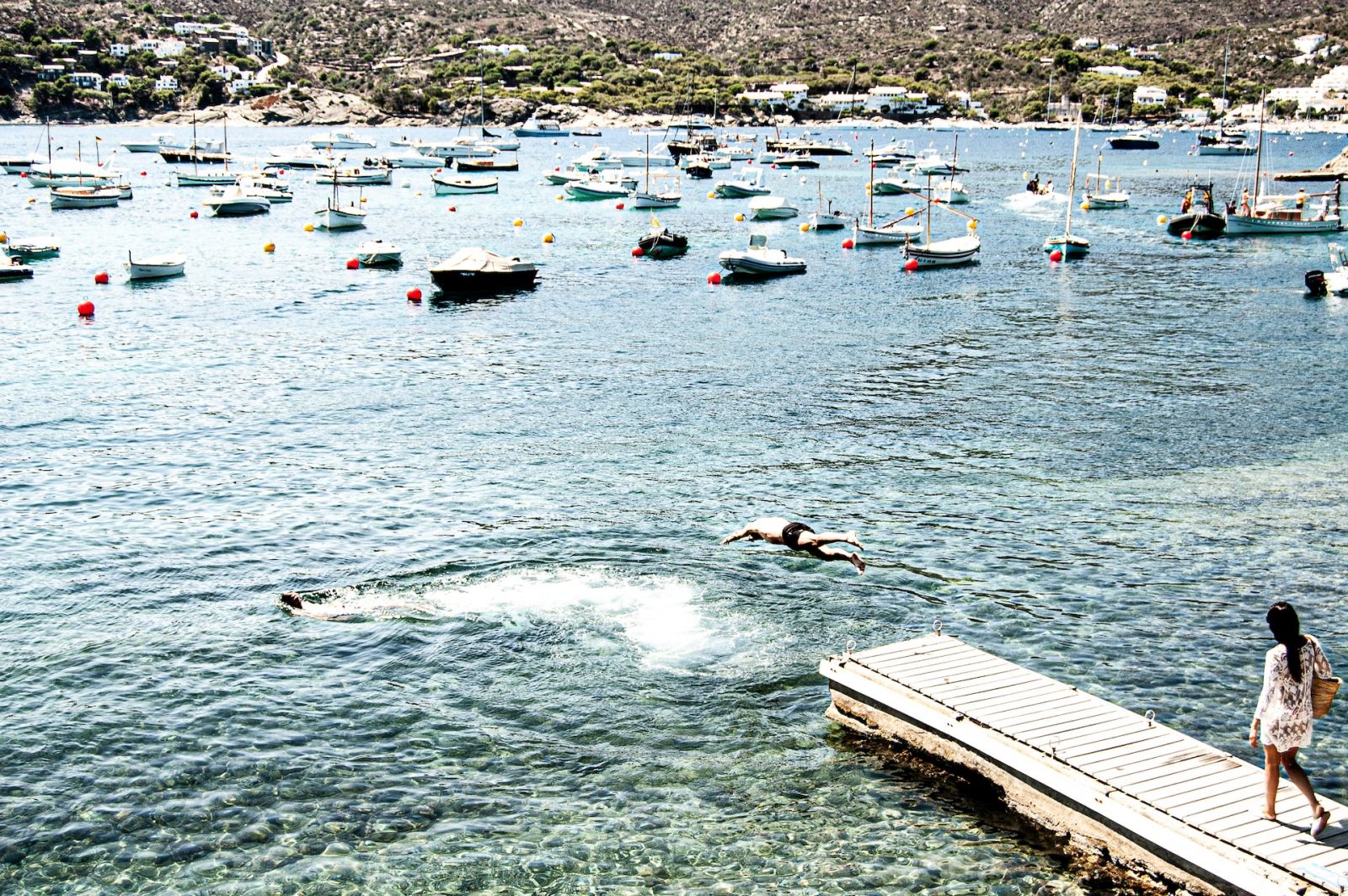
DON'T: Anchor in restricted areas
Avoid anchoring in marked navigation channels, shipping lanes, swimming areas, or areas designated for other activities. These areas may have specific regulations, and you could be putting yourself and others at risk. Anchoring in restricted zones can also result in fines or other penalties.
DON'T: Create an obstacle course for others
Be mindful of other boats in the anchorage when setting your anchor. Leave enough room for everyone to safely maneuver and avoid creating obstacles for others. Be aware of other boats in the area and avoid creating an obstacle course for them. This means giving other boats plenty of space to maneuver and ensuring that your anchor rode doesn't cross over other boats' anchor rodes.
DON'T: Use insufficient ground tackle
Ensure your anchor and rode are of sufficient size and strength for your boat. A good rule to follow is the bigger, the better. Insufficient ground tackle, such as an anchor that is too small or an anchor rode that is too short, can result in your boat becoming unanchored and drifting away. Make sure to use the appropriate ground tackle for the size and weight of your boat.
DON'T: Ignore your neighbors
Be respectful of other boats by giving them enough room. Avoid anchoring too close to your neighbors and observe any local anchoring customs. Minimize noise and disturbance, and avoid any actions that could interfere with their enjoyment of the anchorage.
DON'T: Leave your navigational lights off
During overnight stays, keep your navigational lights on to alert others of your presence and avoid collisions. Leaving your navigational lights off at night can also result in fines or other penalties. Make sure to turn on your navigational lights as soon as you anchor for the night.
DON'T: Overlook local regulations
Always check for local regulations regarding anchoring and be prepared to comply. Some areas have specific restrictions or requirements that must be followed, such as requirements for anchor lights, anchor watches, or other regulations specific to the area. Failure to comply with local regulations can result in fines or other penalties.
The Basics of Overnight Anchoring
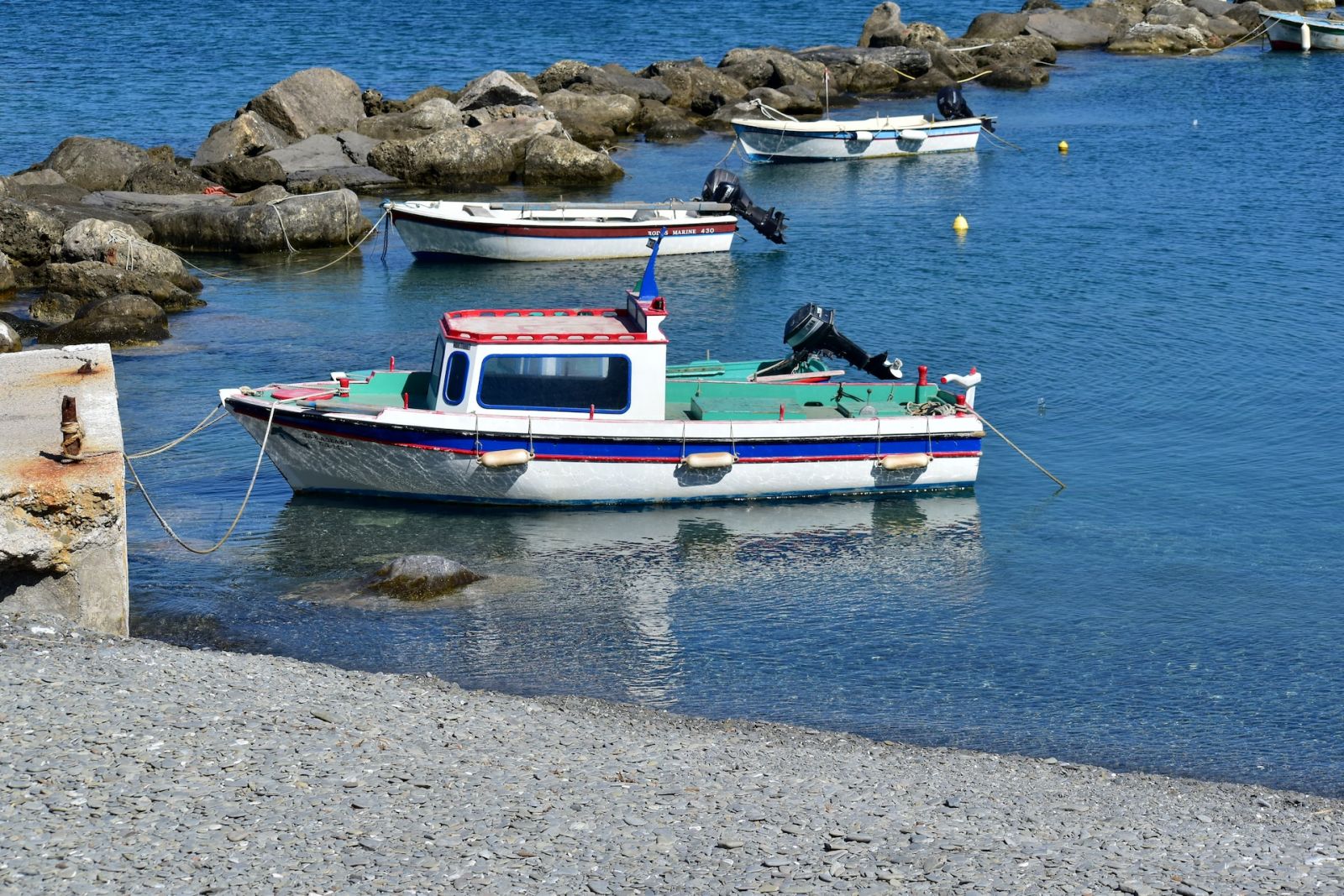
Importance of proper anchoring
Anchoring your boat overnight is a vital skill that every boater should know. Proper anchoring ensures your boat's safety and prevents drifting caused by changing wind and tide conditions. When anchored correctly, your boat stays securely in place throughout the night, giving you peace of mind while you rest.
To ensure proper anchoring, it's essential to have the right equipment and knowledge. This includes understanding the type of anchor that works best for different seabeds, such as sand, mud, or rocks, and using the appropriate length of chain or rope (referred to as "scope"). A scope ratio between 3:1 and 5:1 is typically sufficient, depending on the length of the chain and the desired pull angle on the anchor.
Choosing an anchorage
Selecting the right spot to anchor overnight is crucial for both safety and comfort. When looking for an ideal location, keep these factors in mind:
-
Depth and seabed: The anchorage should have enough water depth for your boat's draft, and the seabed composition should be suitable for your chosen anchor type.
-
Protection: Choose a location that is sheltered from strong winds, waves, and currents. This will make your anchoring more stable and your overnight stay more comfortable.
-
Space: Ensure there's enough room for your boat to swing around the anchor as the wind and tide shift. Also, the area shouldn't be too crowded with other boats, as this could lead to collisions.
-
Legal restrictions: Be aware of any regulations or restrictions that might apply to the anchoring location, such as no-anchoring zones or time limits on how long a boat can be anchored. Keep in mind that policies may vary depending on the jurisdiction.
Troubleshooting Common Anchor Problems
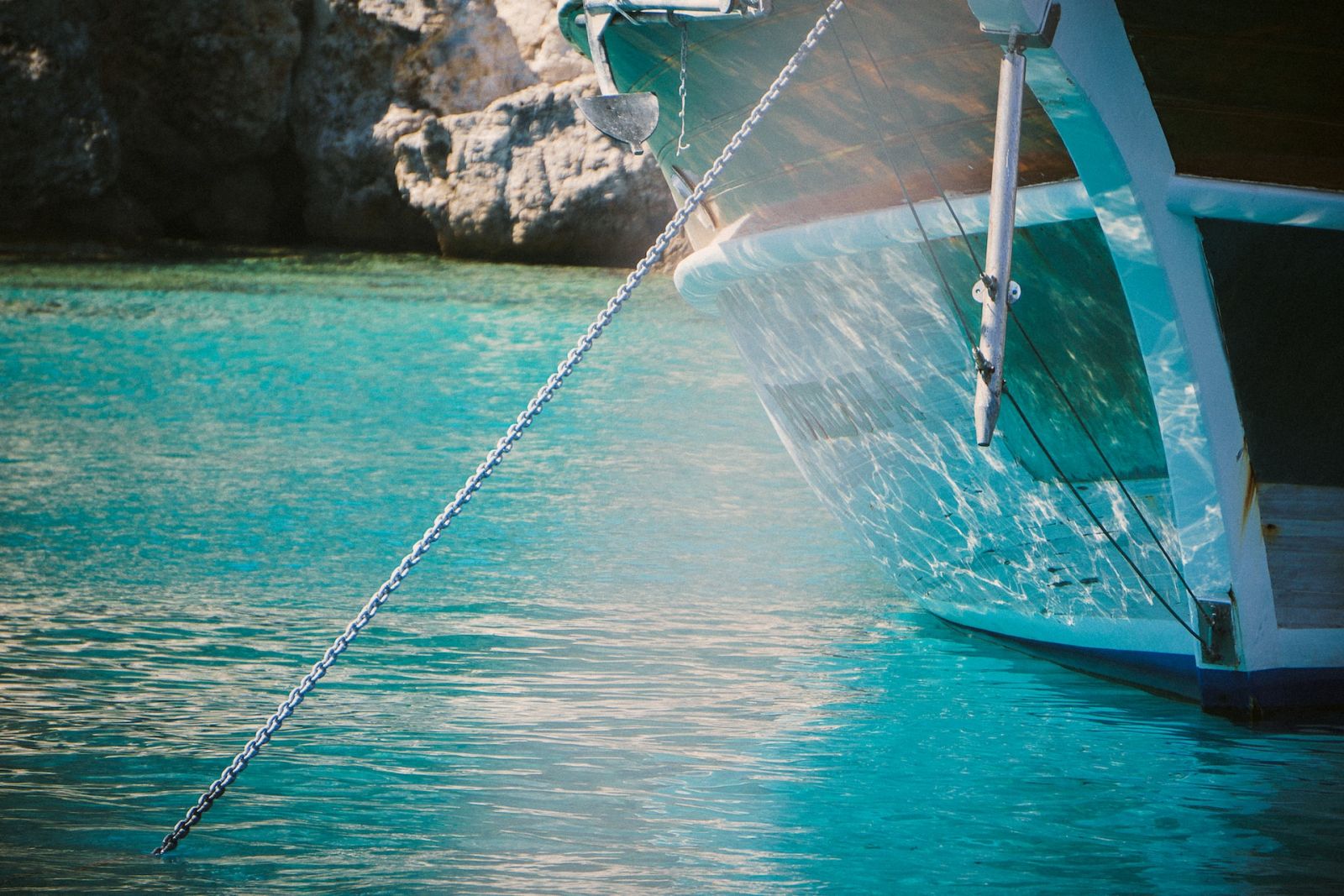
When anchoring your boat overnight, it's essential to ensure a smooth and worry-free experience for a good night's sleep. In this section, we will discuss some common anchor problems and useful tips to tackle them.
Anchor dragging
Anchor dragging is a common issue experienced by many boaters. This occurs when the anchor fails to maintain its grip on the seabed, causing your boat to drift. To prevent anchor dragging, follow these steps:
-
Choose the right anchor type: Different anchors work best on different types of seabed, so make sure to select an anchor suitable for the area you are anchoring in. For example, in a muddy seabed, anchors with a large surface area will be more reliable.
-
Set your anchor properly: Lower the anchor slowly until it reaches the bottom, then gently back up your boat while letting out the anchor rode. This will allow the anchor to dig-in properly.
-
Scope ratio: Maintain a scope ratio of at least 5:1, meaning for every foot of water depth, let out five feet of rode. This will provide a more horizontal pull, helping the anchor to hold better.
-
Be vigilant: Check your boat's position frequently using GPS or other navigational devices to detect any signs of dragging early on.
Anchor rode tangles
Another common problem is the anchor rode getting tangled. Here are some tips to help you avoid this issue:
-
Use a swivel: Attach a swivel to the anchor shackle to allow the rode to spin freely, reducing the chances of tangles.
-
Avoid paying out too much rode: While a longer scope is helpful for better holding, excessive rode can significantly increase the chances of it getting tangled.
-
Keep it organized: As you pay out the rode, make sure it is properly organized on the deck or anchor locker to avoid any loops or knots forming.
-
Stay alert: When anchoring in areas with other boats nearby, pay attention to their anchor rode setup and direction to minimize interference.
Did you find the answer to your specific question?
👍 0 👎 0
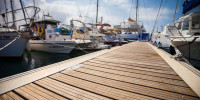
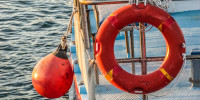
Leave a comment